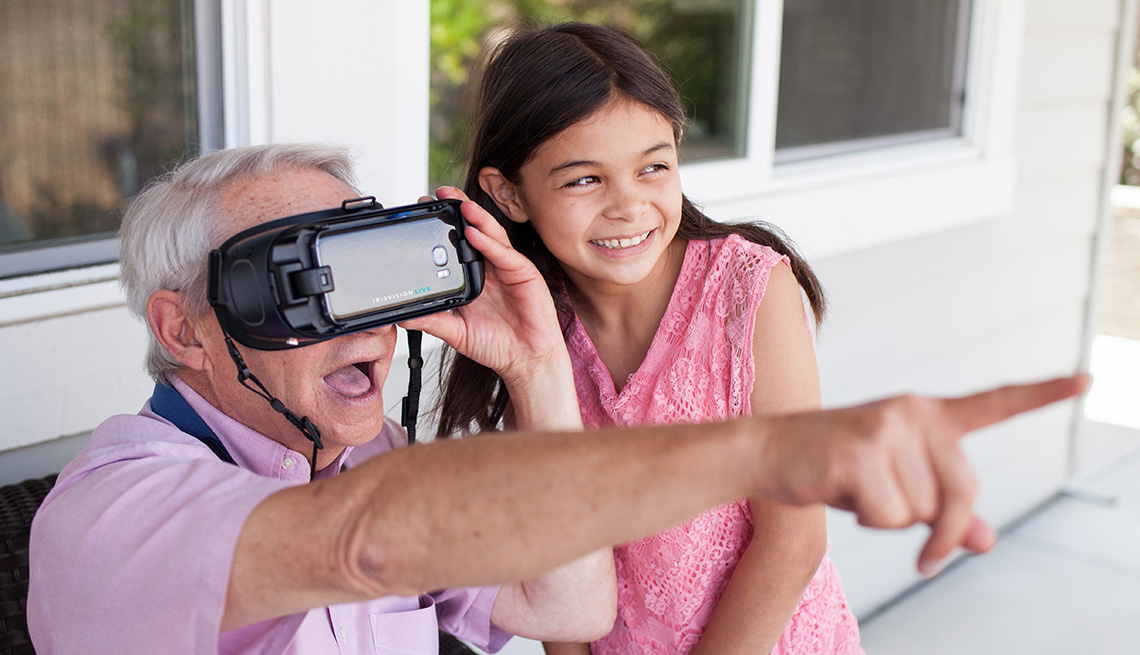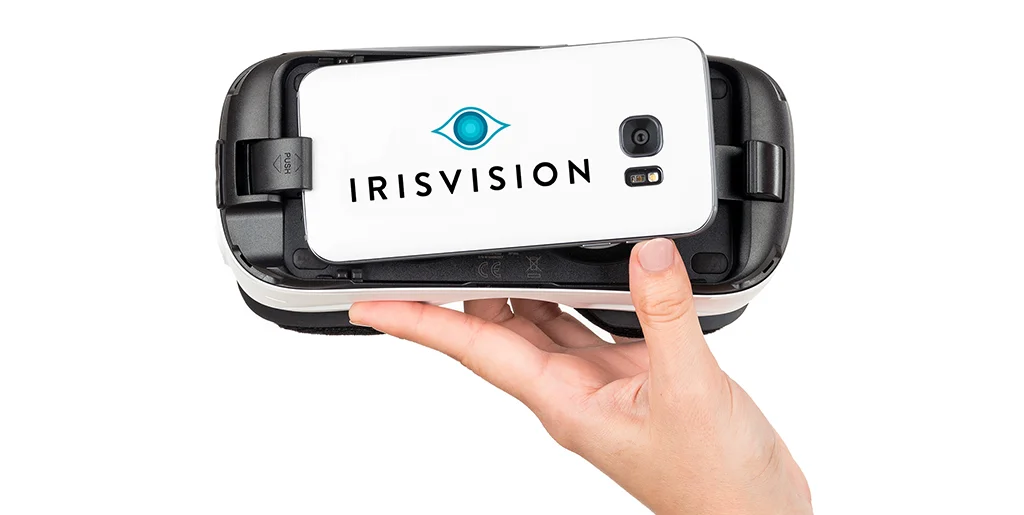Screen Readers for the Blind: Essential Solutions for Digital Access
Screen Readers for the Blind: Essential Solutions for Digital Access
Blog Article
Empowering Freedom With Assistive Modern Technology for the Blind
The integration of assistive innovation into the lives of individuals with aesthetic impairments represents a significant improvement in promoting freedom and self-sufficiency. From cutting-edge display visitors to advanced clever walking canes, these tools not just improve day-to-day navigating and interaction however additionally empower customers to engage meaningfully in numerous aspects of life. As we discover the myriad advantages and real-world applications of these technologies, it becomes critical to take a look at the hidden factors that contribute to their effectiveness and the potential for future developments in this essential field.
Summary of Assistive Innovation

The growth of assistive technology is grounded in principles of inclusivity and empowerment. Innovations in software, hardware, and sensory improvements supply customers with choices customized to their specific demands. From screen readers that convert message to speech, to tactile devices that communicate info through touch, these tools change the means people involve with their surroundings.
In addition to practical applications, assistive modern technology fosters greater social addition and participation in numerous sectors, including education and work (Wearable technology for low vision). As r & d remain to advance, the possibility for assistive modern technology to additionally enhance the lives of visually impaired people continues to be promising, leading the way for a more fair society where everyone can prosper
Types of Assistive Gadgets
A variety of assistive devices have actually emerged to sustain individuals with visual disabilities, each designed to fulfill details needs and enhance daily performance. These gadgets range from low-tech solutions to sophisticated innovations, supplying diverse choices for individuals.
Low-tech tools consist of magnifiers and large-print products that aid in reading and writing. Braille tools, such as Braille stylus pens and slates, allow tactile analysis and interaction. Positioning and flexibility help, like white walking sticks, aid users browse their setting safely.
On the higher end of the spectrum, digital magnifying systems and display viewers offer significant support. Digital magnifiers enable individuals to enlarge message and photos on displays, while screen viewers convert digital content into manufactured speech, promoting accessibility to info on mobile phones and computer systems.
Mobile phone applications additionally play an essential duty, giving features like message acknowledgment and navigating help. Wearable technology, such as smart glasses equipped with augmented fact, is emerging as a promising tool to enhance situational awareness.
Benefits of Assistive Innovation
The assimilation of assistive modern technology substantially boosts the lifestyle for people with aesthetic problems. These technologies equip individuals by advertising self-reliance, enabling them to navigate their environments extra efficiently and execute daily jobs with greater convenience. Display viewers and zoom software program permit individuals to accessibility digital info, promoting specialist and instructional possibilities that may have previously been out of reach.
Additionally, assistive gadgets such as clever canes and GPS applications provide real-time navigating assistance, boosting flexibility and security. This increased freedom not just enhances self-confidence yet likewise encourages social involvement, permitting individuals to take part even more fully in their communities.
Assistive technology additionally assists in communication, assisting users get in touch with others through voice recognition and text-to-speech applications. This capacity is important for keeping partnerships and accessing important info.
Furthermore, the customization alternatives offered with lots of assistive innovations make certain that users can tailor devices to their specific requirements, further boosting usability and efficiency. In general, check this the advantages of assistive technology for individuals with aesthetic problems are extensive, promoting a much more inclusive culture where everyone can pursue their aspirations and objectives.
Study and Success Stories
Highlighting the transformative influence of assistive innovation, countless study highlight how people with aesthetic disabilities have efficiently incorporated these tools into their lives. One compelling example includes a college student that utilized screen analysis software program to navigate on-line resources and academic products efficiently. This innovation not only facilitated her education yet also improved her confidence in joining conversations and group jobs.
Another situation research study includes a professional that uses a mobile phone application developed for navigation and item acknowledgment. By using this application, he has restored autonomy in both his personal and workplace, permitting him to commute individually and involve with associates a lot more efficiently.
Additionally, a senior citizen shared her experience with braille e-readers, which enabled her to access a substantial variety of literary works and stay gotten in touch with her neighborhood via publication clubs.
These success stories underscore the important function of assistive modern technology in cultivating self-reliance, boosting lifestyle, and advertising social combination for individuals with aesthetic disabilities (Mobility aids for visually impaired users). By embracing these cutting-edge tools, users can get over obstacles and take chances that contribute to their professional and individual fulfillment

Future Patterns in Assistive Technology
Development in assistive innovation is positioned to redefine the landscape of support for individuals with visual disabilities. Arising fads highlight the combination of fabricated knowledge (AI) and artificial intelligence, which improve the capability of devices that assist with navigating and details availability. As an example, AI-driven applications are now with the ability of analyzing visual data in real-time, making it possible for customers to engage with their setting much more separately.
Furthermore, the growth of wearable innovation is progressing rapidly. Smart glasses equipped with increased fact (AR) can supply audio summaries of environments, changing just how customers communicate with public rooms. These tools not just advertise freedom however likewise foster social addition.
Furthermore, the Internet of Things (IoT) is making homes smarter, permitting seamless connection in between daily devices and assistive devices. This connectivity equips customers by enabling voice-activated controls and automatic reactions tailored to individual demands.
Verdict
To conclude, assistive technology plays an essential function view it in encouraging people with aesthetic problems by improving their freedom and engagement with their surroundings. The varied array of applications and tools offered not only promotes navigation and interaction but also promotes social assimilation and possibilities for professional and individual growth. As innovations continue in this field, the potential for boosting the quality of life for those with aesthetic problems will expand, fostering higher freedom and empowerment.

Report this page